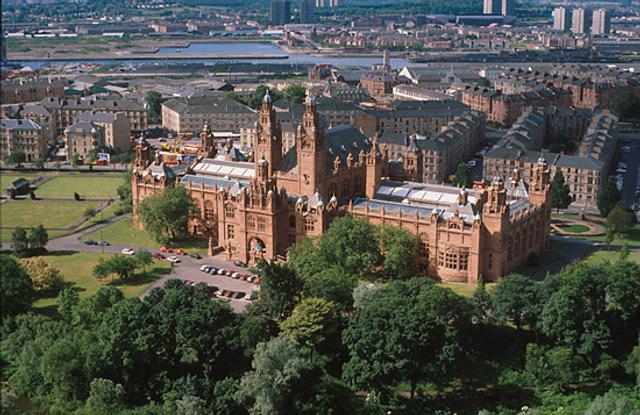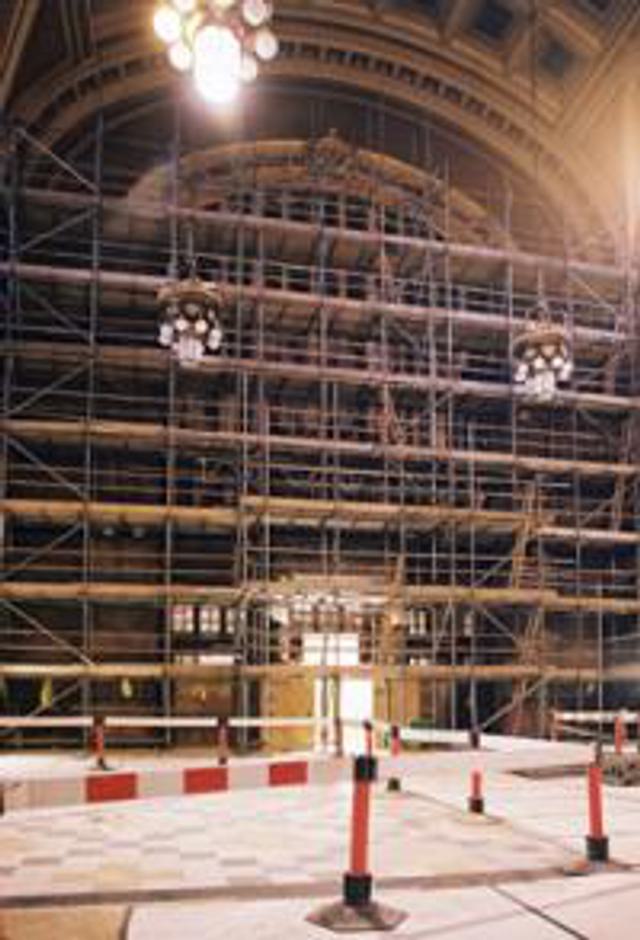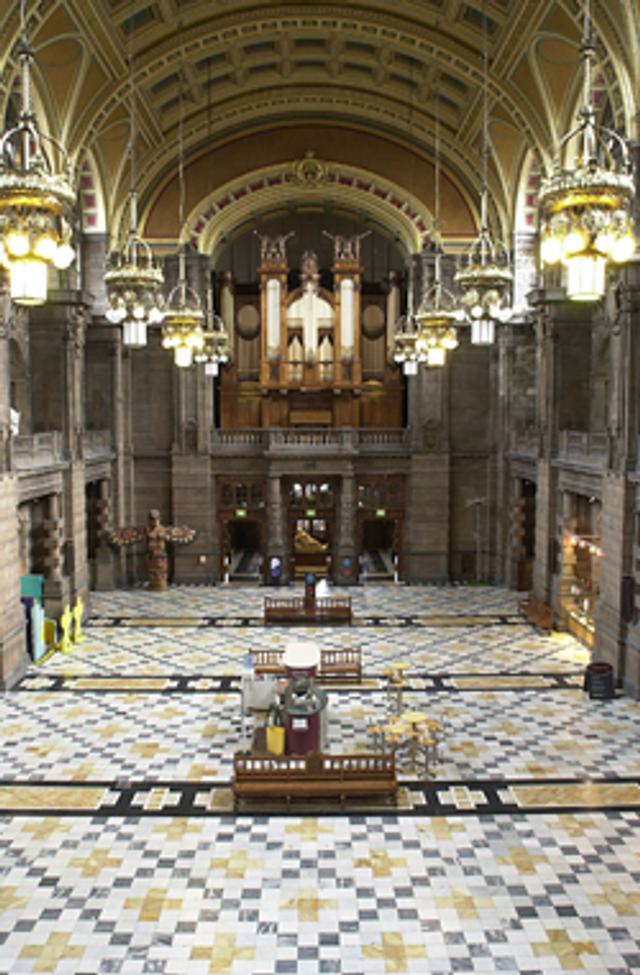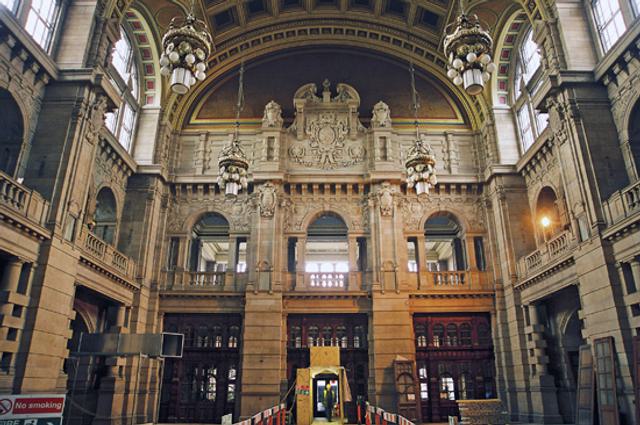Kelvingrove refurbishment appeal: capital campaign
- Exhibited by
- Fiona Duncan
- Added
- September 03, 2009
- Medium of Communication
- Press advertising
- Target Audience
- Individuals, corporations, granting organisations
- Type of Charity
- Arts
- Country of Origin
- Scotland
- Date of first appearance
- March, 2002
SOFII’s view
This was a great capital campaign, superbly well-planned, executed with great style and character and it also exceeded its target by more than two times. This multi-faceted campaign also focused the attention of its many audiences on one of Scotland’s great cultural jewels, helping to firmly position Kelvingrove as a national icon well worth preserving.
Creator / originator
Alan Horn, Director of Development and Commercial Operations, Culture and Sport Glasgow, Kelvingrove Art Gallery and Museum, Argyle Street, Glasgow, G3 8AG.
Summary / objectives
The Kelvingrove Refurbishment Appeal Trust (KRA) was established to raise £5million in donations from companies, trusts and individuals towards the £27.9m cost of the refurbishment of Kelvingrove Art Gallery and Museum. It was governed by a board of 14 Trustees, chaired by Lord Macfarlane of Bearsden and supported by a team of four staff.
The campaign was designed to achieve three things: to raise the core £5m target; to pursue complimentary opportunities to extend the scope of the project; and to do this in a way that reflected the strong sense of ownership and fondness which people had for Kelvingrove.
Background
Kelvingrove Art Gallery and Museum was opened in 1901 and for many years has been the most visited museum in the UK outside London. The building required significant physical refurbishment requiring temporary closure, and the opportunity this afforded was used to undertake a comprehensive project to improve physical and intellectual access to both the building and the internationally significant collections. The building however is also the ‘most loved building in Glasgow’ and there was a high level of public expectation and interest in the project as a whole, which the organisers sought to reflect in the tone of the fundraising campaign.
Special characteristics
The appeal sought to engage with traditional supporters of major capital projects and was grateful to the many major trusts, companies and individuals who contributed. It is significant that the campaign was particularly associated with the Chairman of Trustees and that his active leadership engaged with individuals and organisations that otherwise may have been very difficult to approach. The Trustees however made a point of reflecting the traditional ‘love’ which people had for Kelvingrove, and the association which the potential supporters made between Kelvingrove and the people with whom they had visited it over the years. This led to two fundamental principles. The first was that all donors, regardless of the value of their donation would have their name permanently inscribed within the building. This resulted in an alphabetical list of names being published on Kelvingrove’s walls, with those who donated £500,000 presented equally beside those who donated £5.00. The second was that people for whom Kelvingrove had been important in their lives should be able to make donations in memoriam.
Influence / impact
The response to the public appeal was overwhelming and by the end of the campaign – which had to be extended due to demand – almost 5,000 individuals have made more than 9,000 donations and the resultant donor and in memoriam walls in Kelvingrove have become tangible symbols of how much this institution has touched the lives of those who visit.
Financially the whole appeal was a great success, but the way in which it inspired thousands of people to contribute from modest to significant sums, and has helped to reinforce the real sense of public ownership of the building has been reflected in the huge profile of the re-opening and the enormous visitor figures (over 3.2 million in the first year).
The success of the Kelvingrove Refurbishment Appeal led the Trustees to agree to take on the fundraising campaign for the Riverside Museum, a new museum of transport on the banks of the Clyde. This is a modern and futuristic project, and will require a different style of campaign, but the key principle of not only recognising and responding to the expectations of supporters, but also tapping in to a latent desire which many of our potential supporters have to be properly asked, and properly thanked for whatever contribution they make.
Costs
Approx £900,000.
Results
£12.8m raised against original target of £5m.
Merits
It challenges the traditional arts capital campaign models, which use the Pareto principle to develop gift tables. It was accessible to all people in Glasgow a city with extremes of both wealth and poverty. It exceeded all expectations.
 View original image
View original image



















